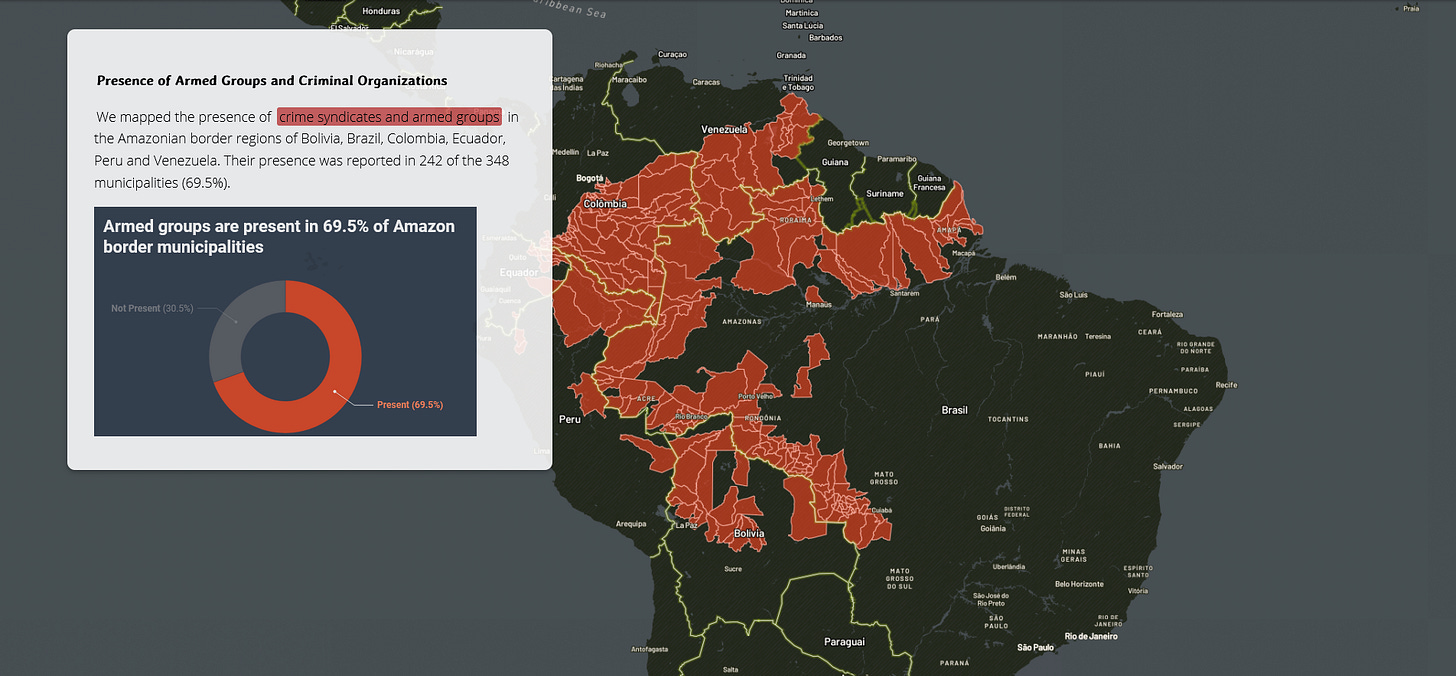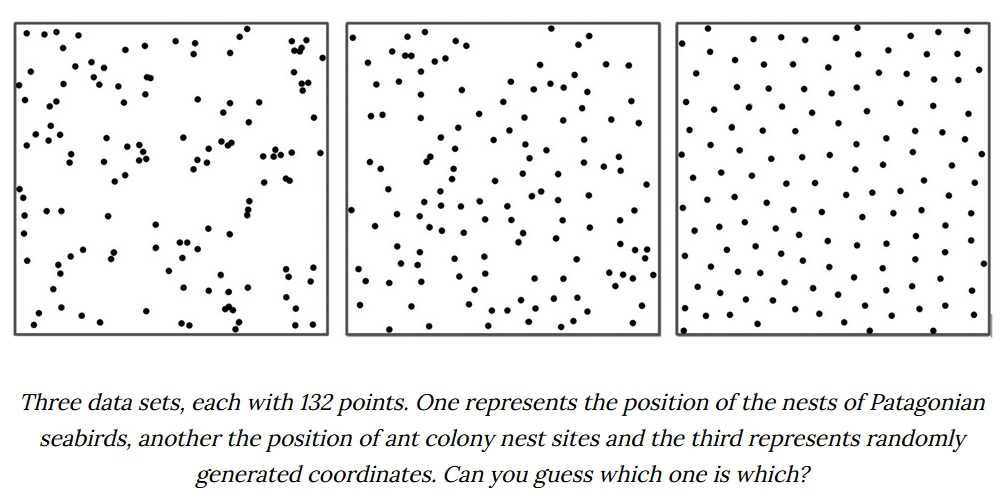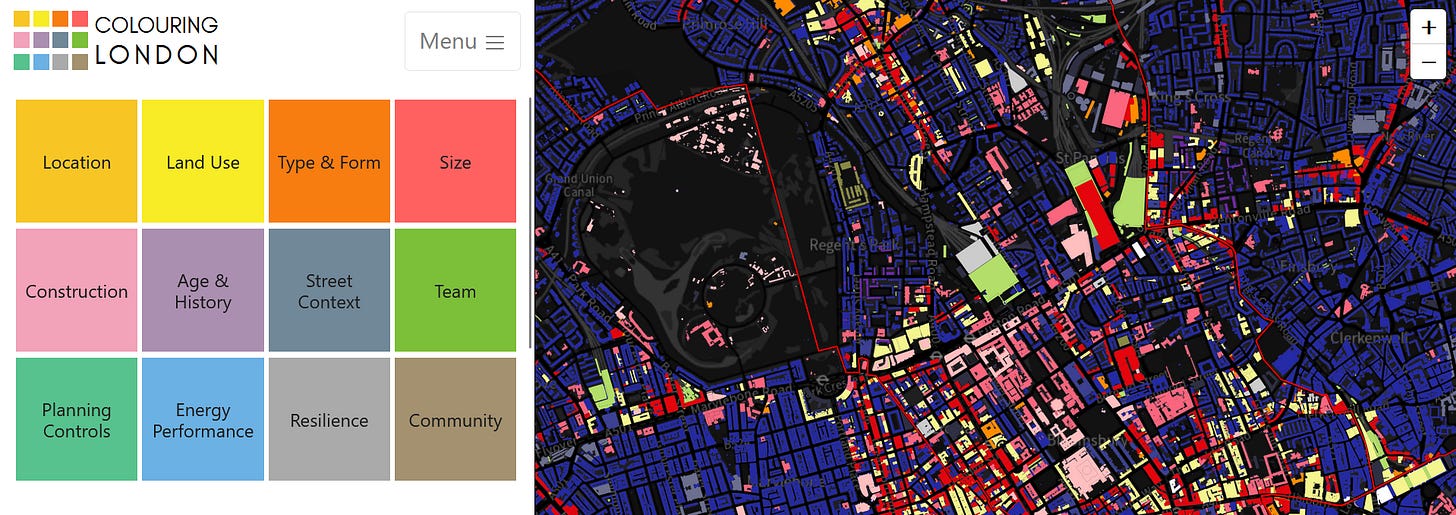Issue #15
How Lego builds a new Lego set | The Earth After Humans | Colonizing Mars isn't a rocket problem | Why Randomness Doesn’t Feel Random + 3 Bonus Articles | Free Resources - Colouring London
Snowdon From Yfoelberfedd (1872) by Sidney Richard Percy
Source: Artvee
Est. Reading Time: 5 mins
Culture 🎥
How Lego builds a new Lego set
By The Verge
Annotations
The Lego Ideas program is a golden opportunity for fans to turn their custom designs into reality. The program offers 1% of net sales to anyone who can convince 10,000 peers and The Lego Group that their design deserves to exist.
The program starts off with a Lego designer trying to replicate the fan-made design to see what works and what doesn’t. Lego’s HQ in Billund, Denmark, is home to a room called the Brick Library that’s like a supermarket filled with aisles of parts sorted by colour and shape where designers can pick anything they require to recreate the design.
Lego has dozens of departments working directly with designers, including a safety department, engineering department, textile department, function testing department, packaging, marketing, etc. There’s also a building instructions department and a model quality team that ensures that the build process stays fun, the instructions are understandable, and the model stays stable with little chance of breaking while building it.
The company has a proprietary design tool that’s linked to internal projects and systems which helps designers see which new Lego parts will be available, budget how much pieces will cost and how many bags of parts will be created and boxed in the final set.
To control the complexity and prevent ever-expanding warehouses, Lego limits the number of custom parts designers can introduce each year. Each designer has a limited number of frames allotted to them which they can use for introducing a new piece, printing a part in a different colour, bringing back an out-of-print piece, etc.
Once the final set is ready, the primary builder builds the set multiple times over a couple of months - some digitally, some picture-perfect physical sets, and some physical models in random colours just for stress testing.
Anthropocene 🏜️
The Earth After Humans
By Noema
Annotations
For the past 1.9 million years, the concentrations of oxygen and carbon dioxide have been more or less the same, as were the temperatures (it was slightly cooler). So, our bodies have been fine-tuned to thrive in these conditions and the more we change the world, the less hospitable it becomes.
However, some organisms can thrive in such inhospitable conditions. The bacteria species Deinococcus radiodurans can survive under extreme levels of radiation. While the atomic bombs dropped on Hiroshima and Nagasaki contained about one thousand rads of radiation Deinococcus radiodurans can withstand nearly two million rads.
On average, the longevity of animal species is around two million years, at least for the taxonomic groups for which the phenomenon has been researched. So, our species, the Homo Sapiens, may have some more time left as we evolved roughly 300,000 years ago.
Once humans become extinct, the life that remains will be reshaped by natural selection into a diversity of new and wondrous forms. The life forms that emerge after a mass extinction event are starkly different from those before it.
If a species survives, it will evolve into more than one species. For example, if there are half a dozen species of elephants left, each might, depending on its location and details, evolve into a dozen different new elephant species, some bigger, some smaller.
Science 🐞
Colonizing Mars isn't a rocket problem
By The Century of Biology
Annotations
While we’ve managed to engineer systems capable of launching men and materials into space and then smoothly landing back on Earth, surviving in space will be quite challenging. We need to come up with ways to manufacture food and therapeutics in the defined closed system of a space station and eventually terraform entire planets to be hospitable for life. These are biology problems, not rocket problems.
An often ignored or lesser-known fact is that space technology drives terrestrial technology forward. From cochlear implants to CMOS image sensors to solar cells, all these innovations can be traced back to space technology (Check NASA Spinoff).
From breathable air to medicines to habitation we need a lot of things to survive.
Breathable air: On the International Space Station (ISS), CO2 gets captured from the air and pumped through a Sabatier reaction that releases water and methane. Instead, we can use microbes to upcycle the captured carbon to bio-manufacture food or materials like biologically produced concrete.
Medicines: Many of our current drugs will expire on longer space missions. The main challenge is to mechanize the creation and subsequent processing stages of bio-based drug production, and to miniaturize it to a size suitable for space travel. In essence, we need to establish a compounding pharmacy in space that is driven by synthetic biology.
Habitation: To construct homes we can leverage microbially induced calcite precipitation (MICP), which creates calcium carbonate (CaCO3). Calcium carbonate is a binding agent, meaning that MICP could potentially be used to consolidate the space dust on the surface of Mars (called regolith) into concrete-like materials for construction. NASA has gone further and prototyped ideas for using the root-like fungal structures called mycelium to create self-constructing, self-regenerating outer space environments.
Bonus 🎁
Source: InfoAmazonia
Welcome to the Amazon Underworld
The Amazon, the largest rainforest in the world, is also a source and transit point for illegally extracted jungle resources and narcotics, linking nine countries together.
When Banking Problems Don’t Look Like Banking Problems
An insightful article about embedded finance and Procore, a construction management software company.
Source: Behavioral Scientist
Why Randomness Doesn’t Feel Random
A short read about what we get wrong about randomness.
How a Man’s World Systematically Neglects Women
When half the global population is treated as an afterthought, research is less accurate, policy is less effective, and welfare is diminished. That is why accounting explicitly for women must become the norm in every sphere of research, product design, tech, and policy.
Free Resources 💡
Colouring London: Colouring London is a free knowledge exchange platform designed to provide over fifty types of open data on buildings in the city, to help make the city more sustainable.
For more free resources (190+ websites and tools), check out Searching.





